Balkan Travel Guide
The Balkans is a tapestry of cultures, traditions, and languages, reflecting the diverse heritage of its people.The magnificent Islamic works left by the Ottoman in Bosnia and Herzegovina and Macedonia, the mosques, the madrasahs that still provide active education and are admired, the magnificent Ottoman architectural bridges, mosques and fountains and many more wonderful works will make your head spin. From the awe-inspiring monasteries of Croatia to the ancient ruins of Greece, travelers and history enthusiasts will find a treasure trove of wonders waiting for them to explore here.
Cramming in more history, culture and spectacular scenery than seems entirely reasonable for its size, the Western Balkans is one of Europe’s most intriguing regions.
There is no universal agreement on what constitutes the Balkans. However, the following are usually included: Albania, Bosnia and Herzegovina, Bulgaria, Croatia, Kosovo, Montenegro, North Macedonia, Romania, Serbia, and Slovenia. Portions of Greece and Turkey are also within the Balkan Peninsula.
The Balkan Peninsula is the easternmost of Europe’s three great southern peninsulas. Generally, the Balkans are bordered on the northwest by Italy, on the north by Hungary, on the north and northeast by Moldova and Ukraine, and the south by Greece and Turkey or the Aegean Sea (depending on how the region is defined).
The Balkan Mountains have a significant impact on the climate of the Balkan Peninsula. The northern and central parts of the Balkans are characterized by cold winters, warm summers, and well-distributed rainfall. The southern and coastal areas, however, have a Mediterranean type of climate, with hot, dry summers and mild, relatively rainy winters.
Many Balkan countries aren’t as geared up for outdoor activities as the UK, and Western Europe, meaning you would struggle to find good quality outdoor clothing, shoes and equipment in shops out there.
Therefore, it’s best to bring any specialist outdoor equipment such as waterproofs, walking boots and backpacks, sportswear, and sleeping bags out with you.
The one thing all the different Balkan cuisines have in common is that they are a mixture of influences. Throughout history, many cultures have crossed or settled in the Balkans, and the food we can find here today functions as a sort of historical map.
Ćevapi and other grilled meats, Kajmak and ajvar, Burek and pita, Carniolan sausage, Sarma, Goulash, Seafood, Baklava, Bean stews, Turkish coffee.
As we’ve already tried to show, the Balkans is a very diverse region with a rich history. It consists of several countries, each full of its own attractions and unmissable sights. Here is a short insight into the ones included in our tours:
Slovenia is a tiny but beautiful country on the sunny side of the Alps. It is famous for its breathtaking Julian Alps, jewel-like rivers, lovely capital Ljubljana, mesmerizing Lake Bled, historical coastal towns, and incredible natural landscapes. In Slovenia, the beauty is truly not just surface level – it is also known for one of the most incredible caves in the world, the Postojna Cave. For a more in-depth exploration of just Slovenia, you can head over to Slovenia specialists – Slovenia Holidays or if you wish for a pre- or post- trip in Slovenia for only a day, Day Trips Slovenia is the address for you. From Ski Holidays to Hut to Hut Hiking, Slovenia is the ideal destination for your next trip!
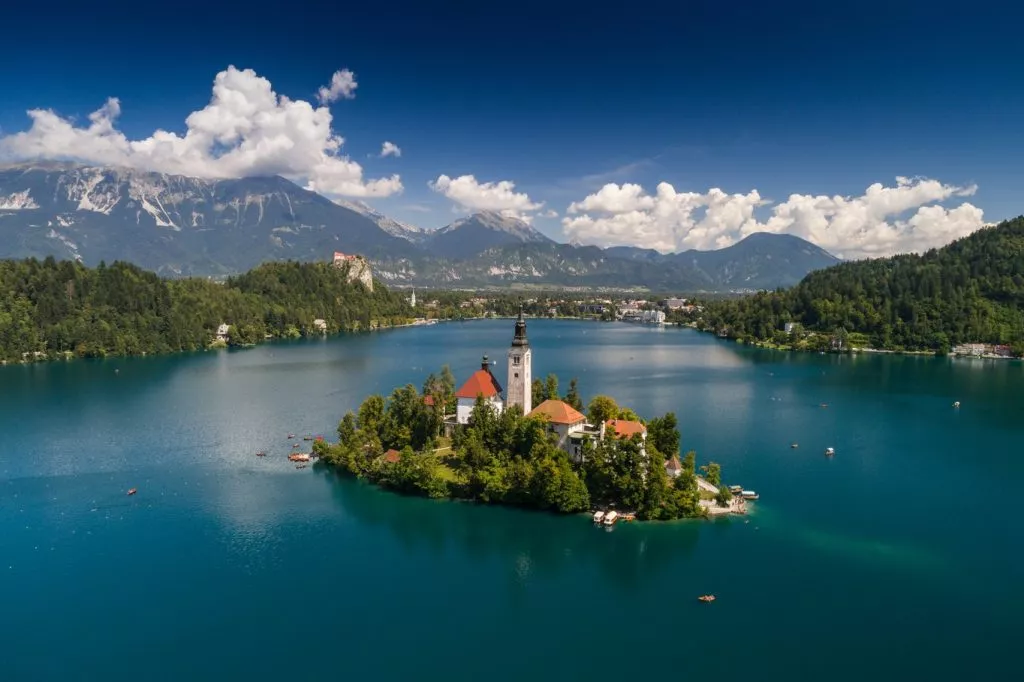
Croatia is Slovenia’s southern Mediterranean neighbor. Most famous for its beautiful beaches, sparkling blue sea and countless islands, big and small, Croatia is a summer paradise. Its coastal cities like Split and Dubrovnik are a perfect mix of history and romance with their stone-paved narrow streets and ports dating back to ancient times. But believe it or not, Croatia has even more to offer than its seaside attractions. Its capital, Zagreb, is a vibrant, cosmopolitan city that combines its historic character with a modern flair. And with places like the Plitvice National Park, even nature lovers can get their fair share of travel thrills.
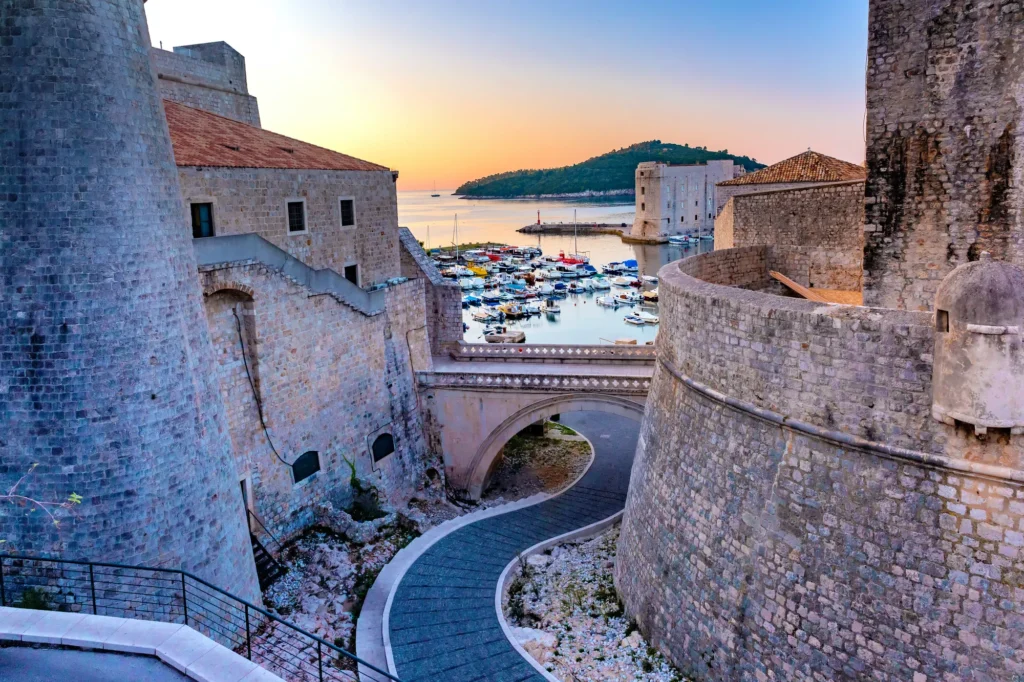
Bosnia and Herzegovina is a small country, nestled between Croatia, Serbia, and Montenegro. It is the best example of a mix of cultures in the whole of the Balkans, with remnants of the Ottoman Empire scattered all over the country and its culture. This is most obvious in its beautiful and colorful cities, like Mostar and Sarajevo. The rich culture, relaxed pace of life, Turkish architecture, and amazing food intertwine with reminders of the tragic Balkan wars in the 90s that ravaged especially hard on Bosnia’s territory. Whether it’s the bullet marks in the walls of buildings or the underground tunnels in Sarajevo which you can walk through to learn more about its past, you cannot escape history. And this contrast between a painful past and the perseverance of the people is what makes Bosnia and Herzegovina all the more special.
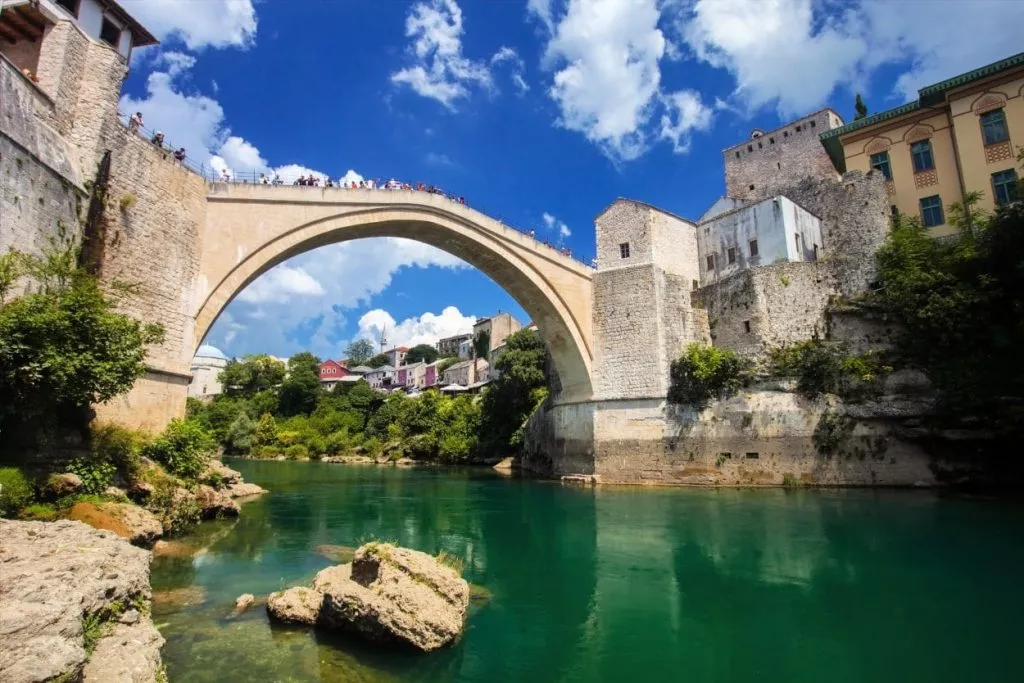
Montenegro offers something for everyone. Its vast and pristine natural landscapes will attract nature lovers as well as adrenaline junkies, who can get their dose of thrills in the Durmitor National Park while rafting through the deepest canyon in Europe – the River Tara canyon. Montenegro also has amazing historic coastal cities like Kotor and Budva that allow you to explore beautiful stone-paved streets and ancient city walls and have a fun day at the beach in the same place.
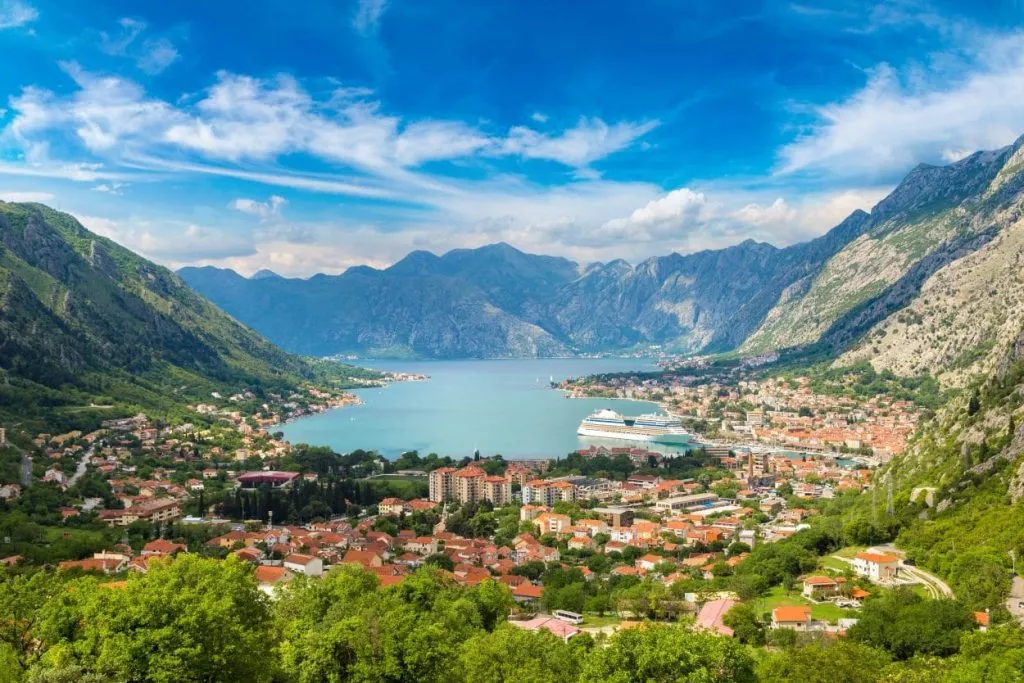
Serbia is a vast and beautiful country in the center of the Balkans. Its capital, Belgrade, is home to many imposing buildings, mighty churches, and temples that exemplify the religious and cultural diversity of Serbia, as well as historic sites, and its very own Montmartre-like area, the Skadarlija Street. Novi Sad is another incredible city in Serbia. It’s known for cultural diversity just like Belgrade, but it’s also a welcoming, lively city, full of great bars and great music, and it even hosts the world-renowned EXIT music festival!
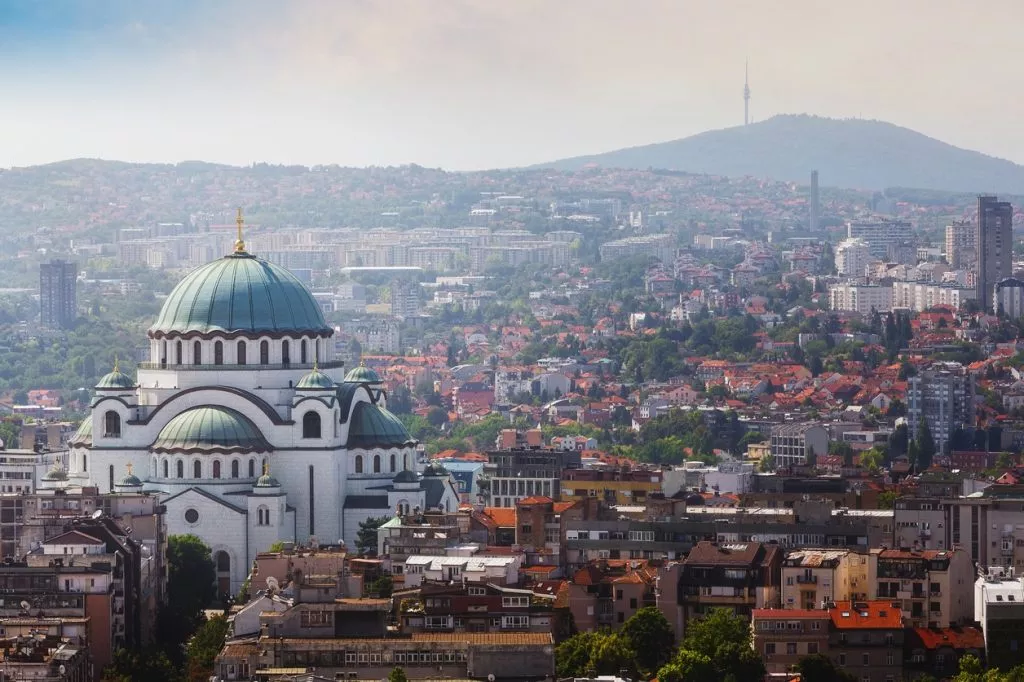
North Macedonia is a beautiful country full of vast rice fields and rural areas. But it also boasts some must-see urban locations. The city of Ohrid is an ancient town with a mindblowing number of different churches, historic sites, and of course the gorgeous Lake Ohrid that lies next to it. Though in the same country, Skopje seems worlds away from the quiet historic lake resort of Ohrid. North Macedonia’s capital is big, imposing, and full of monumental architecture that could measure up to any of the opulent central European metropolises.
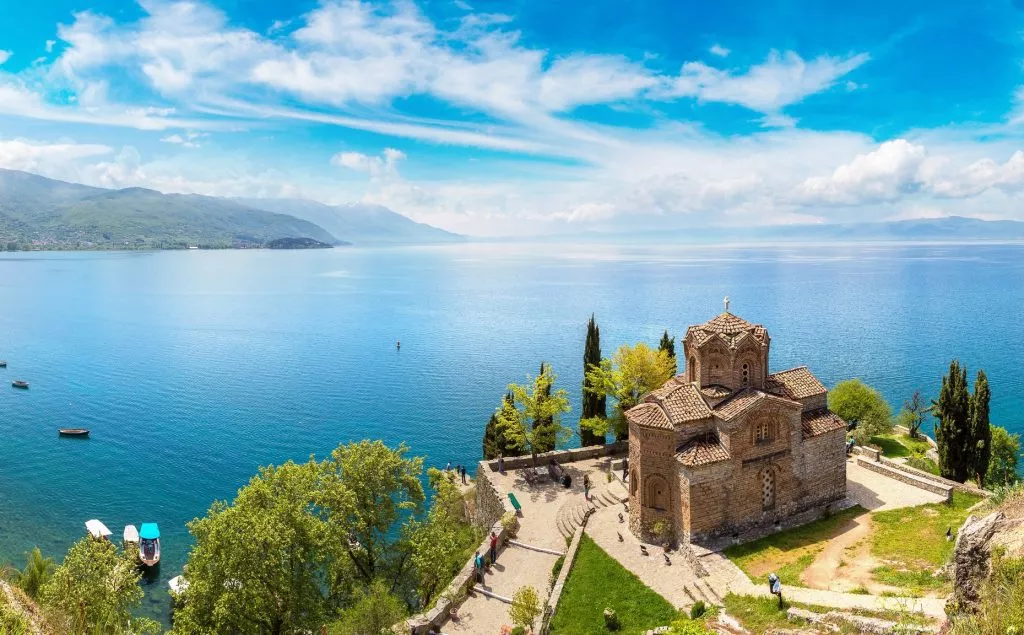
Albania is another Balkan country on the coast of the Adriatic Sea that boasts amazing beaches and endless sunny days. Though it is less popular as a vacation destination than, say, Croatia, this is not a reflection of its beauty, and it is sure to change in the near future. Because of its geographic position, Albania was under Greek, Roman, and Venetian rule for a long time, which shows in its amazing architecture, with the Roman amphitheater in Durres as just one incredible example. Albania’s capital, Tirana is also a fascinating mix of cultural and architectural influences, with Italian, European bourgeois, and brutalist architecture scattered across the city.
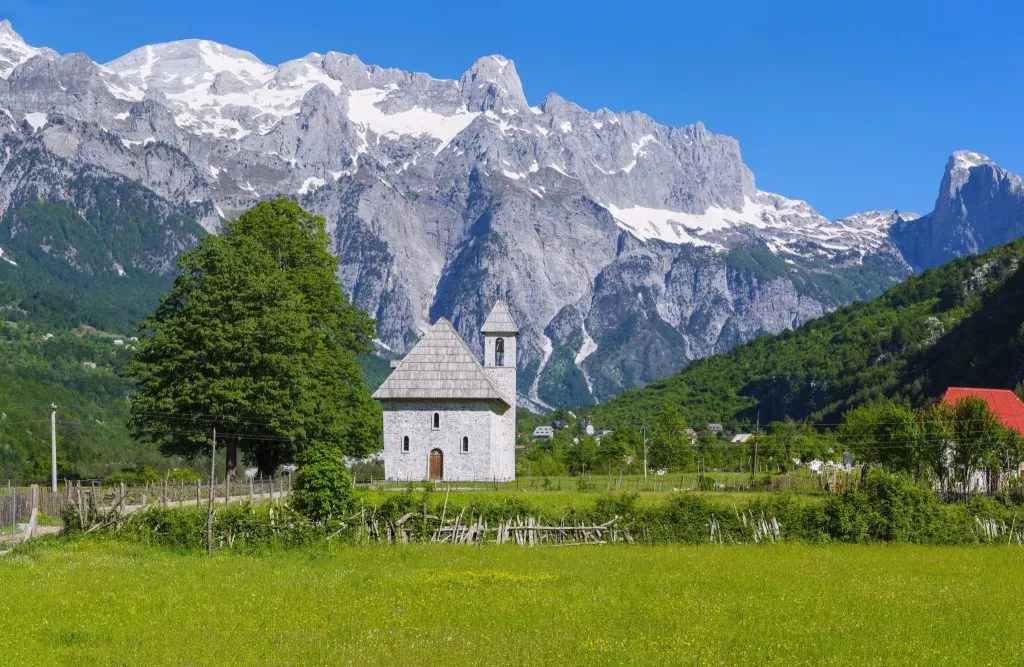
… and much much more…
Additional info for Slovenia
There are two things to know about Slovenia, a country in Europe’s geographic heart. The first is that they say every Slovene should climb Triglav, the country’s highest mountain, pictured on the national flag, at least once. The second is that the harshest insult in the native tongue is “May you be kicked by a hen” — riper affronts originate in Slovenia’s former Yugoslav partners. So, not only is Slovenia polite to a fault, the outdoors is hardwired into the national psyche. That seems curious for such a small country — until you visit. By any standard, Slovenia has a ridiculous amount of outdoors: the full, tourist-brochure wonderworld of alpine peaks, sparkling Adriatic coast, pretty wine hills, virgin forest and cave systems that could double-up as sets from The Lord of the Rings.
Factor in short distances — you can drive across Slovenia in four hours — and you have a country that’s a holiday jackpot for outdoor activities. The hiking and biking are terrific, as is the canyoning, rafting, paragliding and skiing. It’s only once you’ve stopped gawping that you recognise how heart-swellingly lovely the locals are. You’ll experience it in family vineyards, when one hour becomes three as you chat — even in capital Ljubljana. That seems curious too until you remember that for most of its history Slovenia hasn’t been Slovenia at all, but instead a state within Austro-Hungary or Italy then Yugoslavia. Since 1991, it has been independent — hello, world!
They’re bound to tire of us eventually. I’d go soon if I were you.
This article contains links from which we may earn revenue. These links are signposted with an asterisk. More information here.
What to do
Start a trip — or end it — in Ljubljana*. A baroque core the colour of fondant fancies, whimsical 1930s modernism, fine shopping along Mestni trg, café society beside the Ljubljanica river, a splendid market on Vodnikov trg — the capital is Slovenia in microcosm, relaxed and walkable. What lures you away is what appears from the hilltop castle: the Julian Alps.
Additional info for Bosnia and Herzegovina
Why you’ll love Bosnia and Herzegovina
Bosnia and Herzegovina (BiH for short) is often associated with loss and death. From the assassination of Archduke Franz Ferdinand which set WWI in motion, to the Siege of Sarajevo and the Srebrenica massacre, BiH has long been viewed as a nation torn apart at the seams. But now more than ever, it’s equally a place of new beginnings and budding creativity – a place where you can feel life itself tingling on your skin. In 1992, citizens voted in a monumental independence referendum and Bosnia and Herzegovina gained her independence. The dotted lines of autonomous republics, the intricate political system (often named the most complex in the world), and the very presence of the ‘and’ in the country’s name are a clue to the kind of diversity and contrasts you can expect today.
Things to do in Bosnia and Herzegovina In Sarajevo, BiH’s capital city, the line where Asia stops and Europe begins (or is the other way around?) is literally drawn in the sand. A plaque on the pavement separates the Austro-Hungarian-built part of the city, with its market halls and plasterwork facades, from the Ottoman quarter, with its public fountains and singing minarets..
Sarajevo’s Old Bazaar, Bascarsija, is pure magic. As you dart between tea houses, carpet shops and Buregdzinica (bakeries specialising in burek), you move to the rhythm of tradesmen who still pound bronze with the same fervour as they did centuries ago. As you cross the stone bridges in Mostar, Visegrad and Konjic, you begin to understand that not only is each one a proxy for a devastating chapter of Balkan history (which every traveller must take the time to learn about), it’s also a symbolic bridge between past, present and future. From Jajce, the city with roaring waterfall at its centre to Pocitelj, an almost-abandoned Ottoman town, Banja Luka, the country’s second city to the sweet Trebinje; between the Dinaric Alps, the Pliva Lakes and the ambling River Drina, Bosnia and Herzegovina has a way of making you feel alive.


